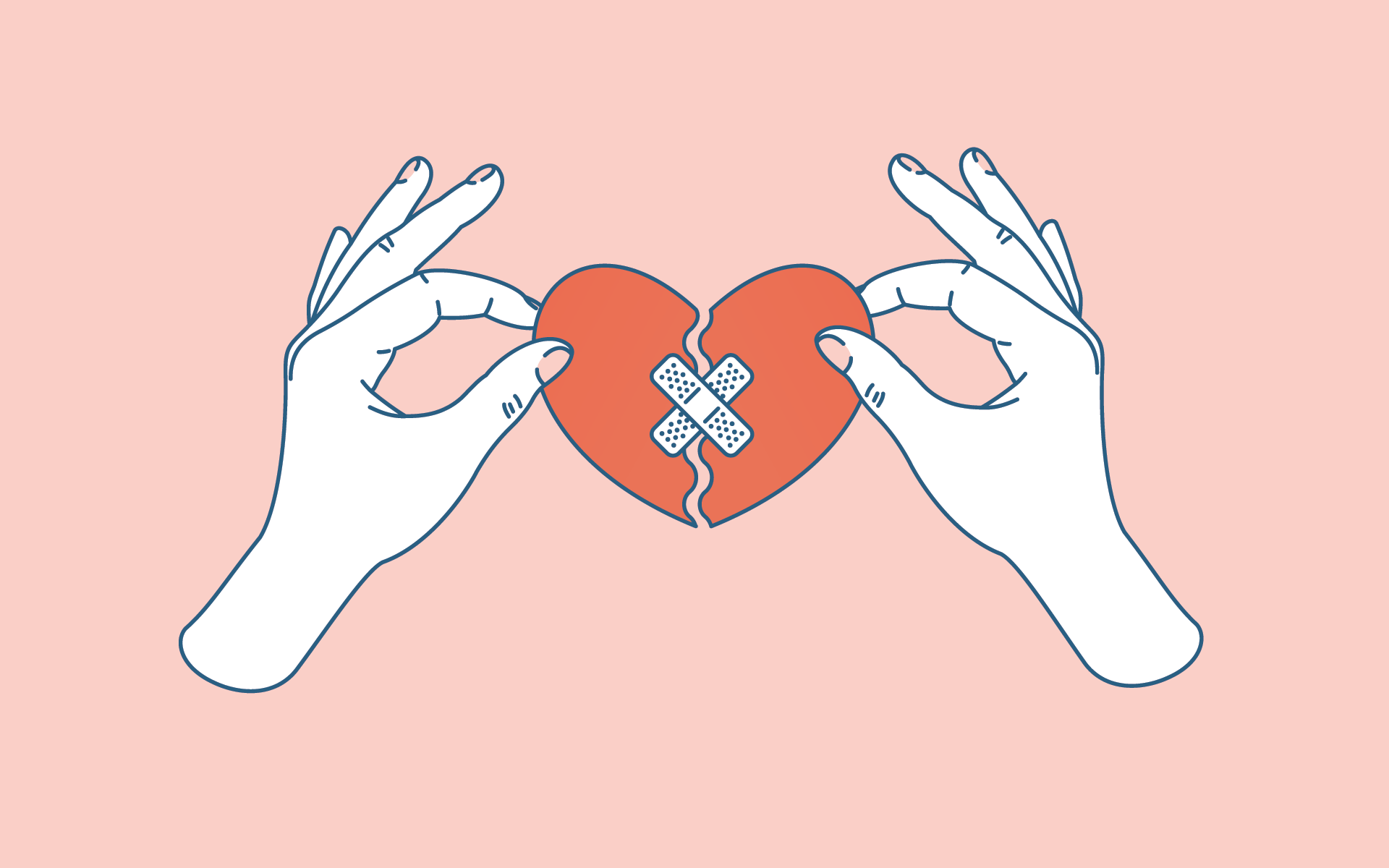Mindfulness involves several attitudes of mind that are pivotal to the transformation and liberation of the mind: befriending, compassion, joy and equanimity. These qualities are seen as the foundations of all our development as we embark on a path of mindfulness practice. They are seen as being potentialities and capacities of every human mind that can be cultivated, trained, and naturalized in the same way that attention can be trained and developed. In the face of great distress, though, befriending, compassion, joy, and equanimity can disappear just when they are most needed. Today we look at how to cultivate joy in mindfulness practice.
Joy is an intrinsic attitude of mind that includes gladness of the heart, softheartedness, and tenderness that supports a capacity for appreciation, contentment, and gratitude. Just as our hearts can tremble in the face of suffering, they can also tremble in the face of happiness and beauty. Its affective tone is gladness, aliveness, and vitality. It is associated with a range of emotions, including contentment, wonder, radiant pride, gratitude, and delight.
Empathy is as central to the cultivation of joy as it is to compassion. When we encounter pleasant states, empathy can blossom into appreciative joy, contentment, and gratitude.
The Enemies of Joy
The near enemies of joy are sentimentality and exuberance. We may be carried away by the idea of joy, rather than being truly alive to it in a given moment. For example, we denote days of the year to celebration, and it is possible to get caught up in a pretense of gaiety rather than being open to joy whenever it arises. Joy helps us befriend difficulties and meet suffering with equanimity and compassion. We have a capacity for joy and a capacity to find joy in others’ happiness and success. Indeed, in the foundational teachings, the empathic, altruistic dimensions of joy are emphasized, creating the conditions for connection and harmony.
Finding joy in others’ happiness is an antidote to resentment, lessening our own sense of inadequacy and tempering our tendency toward envy.
The far enemy of joy is resentment and the wonderful German word schadenfreude, where we take pleasure in someone else’s failure. Finding joy in others’ happiness is an antidote to resentment, lessening our own sense of inadequacy and tempering our tendency toward envy. When we free our minds and hearts from envy, resentment, covetousness, and continual judging, we can really appreciate our own and others’ well-being.
Cultivating and Practicing Joy
Joy—like attention, befriending, and compassion—is an intention, cultivation, and a practice. Often neglected, joy is both a capacity we all have and a capacity that can be trained and developed. It is a primary component of psychological well-being, encompassing moments of appreciation, enduring contentment, and a sense of confidence and gratitude. It is an attitude of mind that can be cultivated through mindfulness practice and through how we live our lives. When we intentionally cultivate joy, we discover that it can be the home where we reside; we come home to joy. We withdraw from the tendency to orient to insufficiency that drives the elaborative judgment of distress and suffering.
It takes only a small step of mindful wholeheartedness to enjoy a piece of music, notice the stars in the sky, the sunlight glistening on the leaves, the people we love around us, a good meal, or all that is right in our bodies in any given moment. These moments are available all of the time. They offer a glimpse of a more enduring contentment. This step takes us out of automatic pilot and reactivity. Appreciation develops the capacity for responsiveness. Appreciation involves a certain innocence of perception, in which we override our tendencies to judge or to rely on automatic, familiar ways of seeing the world. For example, one parent described how she would sometimes sit with son while he was asleep, and to bring full awareness to her bodily sensations, feelings, and thoughts in these moments.
Mindfulness Exercise: Appreciative Joy
1) Bring your whole heart to the moment: Joy has its roots in a wholehearted appreciative attention. As you go about your day, bring your attention to seeing, touching, and listening wholeheartedly—mindful of how you are touching and being touched by the world. Take moments to pause—to feel the touch of the breeze on your skin, to hear the laughter of a child on the playground, to fully taste the food you eat. Reflect on all that goes well for you today—your ability to move through the world, to be fed and warm, and to care for yourself. See not only the trees but also the space around the trees, not only the stars but also the vastness of the sky that holds the stars. Sense the small moments of generosity you extend to or receive from others—the smile, the door held open. In every moment, sense what it is that holds the potential to gladden your heart when you are truly present.
2) Cultivate innocent perception of everyday things: Each day, intentionally bring awareness to something you do regularly and that you know you enjoy. It could be anything: a morning cup of tea or coffee, a walk, a favorite snack, an interaction with someone you appreciate or love, a person or a pet, or a spacious moment in your day while you travel. Commit to being wholeheartedly present, aware of your bodily sensations, feelings, and thoughts. Bring an innocent perception and sensitivity to the experience, to whatever is present in terms of sights, sounds, taste, and touch. Really sense how attention imbued with innocent perception affects the world of the moment. Allow your heart to tremble in the midst of the experience, gladdened by the simplicity of the moment.
Excerpted from Mindfulness: Ancient Wisdom Meets Modern Psychology by Christina Feldman and Willem Kuyken. Copyright (c) 2019 The Guilford Press. Reprinted with permission of The Guilford Press. Available from Guilford Press and other booksellers.
Read More
How to Befriend Your Life As It Is
Learning to befriend all moments places us firmly in the life we are living, rather than the ideal life we are prone to imagine or strive towards.
Read More
How to Meet Loss and Pain Without Fear
By practicing compassion we can open the heart to the universality of the human condition with clarity, allowing us to respond to difficulty with balance and care.
Read More









